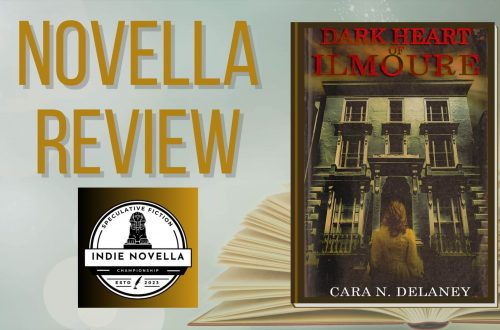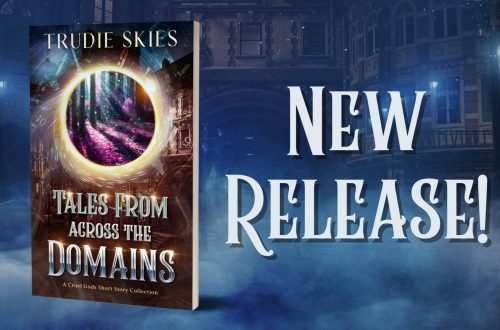In my April Monthly Roundup I divulged that I’m working on a new project that’s NOT Sand Dancer! I’m tentatively naming it Heart Guard, and it’s an adult fantasy in a world that shares a few similarities with Sand Dancer; namely, there are fiery demons, blood magic, and magic users who are controlled for their powers. But I’m not going to go into too much detail just yet.
Instead, I want to talk a little about my process for crafting a whole new story. I started Sand Dancer way back in 2012 and wrote many drafts, and with each draft the story, world, and characters evolved into the version you can read now. As you can tell, it has been some time since I sat down and properly created a whole new world.
How the hell does one even start making a fantasy story?
The strange thing about writing a book after already writing a book is that you completely forget HOW to write another one. Sure, I’ve learned a lot from writing Sand Dancer and its sequel so you’d think I’d know what I’m doing by now, but each book is its own entity! Each book has its own needs and I’m forced to come to them from a different angle. This new project is no different.
So one question I’ve seen around the writing community is: how do you start a book? Do you begin with the characters, the world, or the story?
The answer, at least in my case, is with all three.
Huh? How does that work?
The Writing Spiral
Instead of splitting a story into those three core parts, my approach is to work on all three a little at a time in a spiral-like pattern. These three parts – the characters, the world they inhabit, and the plot which gives them a purpose – are all linked together in layers anyway, so why split them into three individual sections? The danger with working on one part at a time is that you could end up with uneven sections, by say, spending the most time on world building and developing a unique world, but then not spending as much time working out what the actual plot is. Or there is a risk you’ll develop the characters without seeing where they fit into the plot. Ideally, all three of these areas should be connected together. World building is useless if it doesn’t serve the story or the characters, and the characters need to belong to the world and plot.
With this is mind, think of your project like a spiral. The middle point is your core story idea, and from that point you’ll draw a circle around it in a spiral with multiple layers. Each layer of the spiral is one of our core parts, so I’ll lay down a few basic ideas and then the next layer of the spiral will go over these three subjects again and flesh them out some more.
So for my first layer I wrote a few ideas down about who the main characters are, what my idea for the plot is, and what the basic world is. Then for the next layer I started to really think about the main characters and side characters are as well as the antagonist, develop ideas for the plot, and come up with the world. And so on. Each layer of the spiral builds on the last and fills out all three of these areas equally, and the more depth I go into, the more layers I add and the larger my spiral becomes.
When I thought I had enough depth, I started writing a few chapters, and that’s when I realised I needed to do another layer on my spiral and flesh out more detail before I could confidently walk into this story, but that’s another layer itself on my spiral. As I write a draft for this project, I’ll inevitably have to go over my spiral again and grow more layers because just by writing the story do I explore each section and expand my ideas. That’s the nature of writing stories; each draft changes, and so my spiral grows. I certainly won’t know the entirety of my story by writing out hundreds of pages of world building before starting chapter one. That world will change by chapter two!
Ultimately, the ideas I write down for my spiral form the starting point for my story, but I won’t know what the story is until I begin the journey and start writing it.
This is how I approach a new story, and it seems to work for me! How do you approach your story development?




